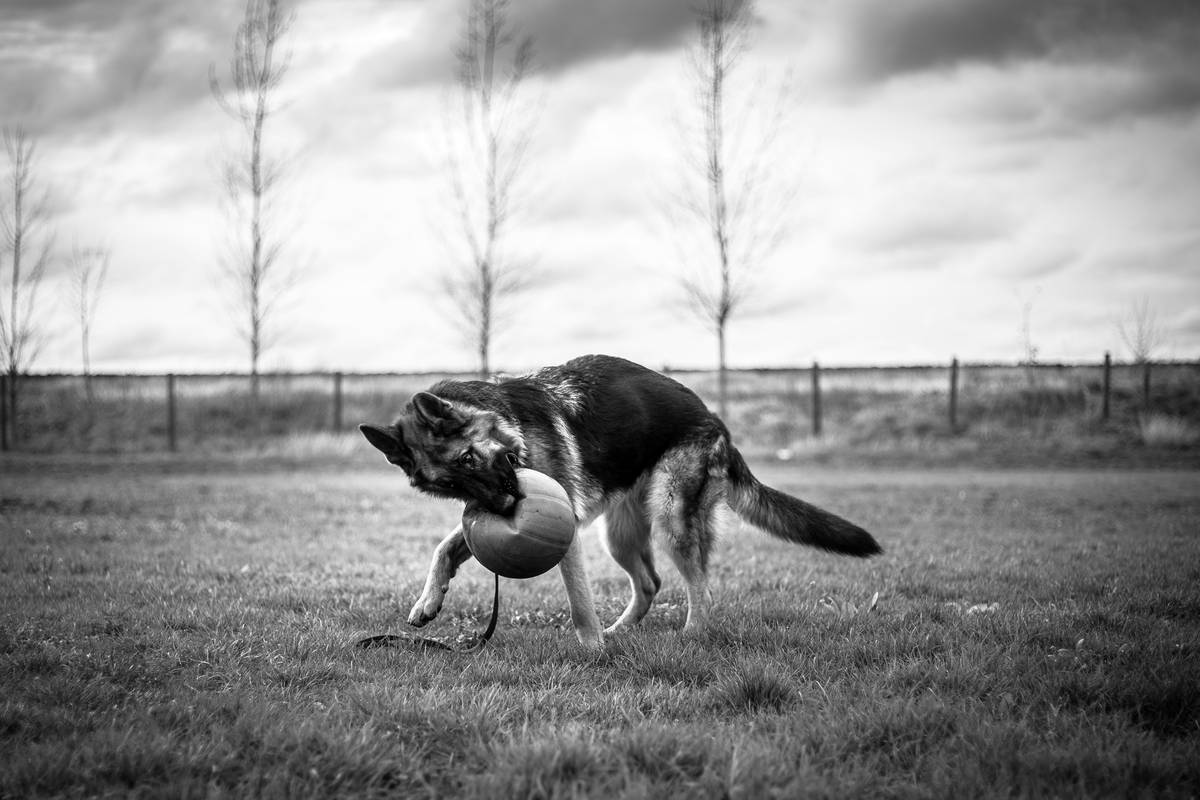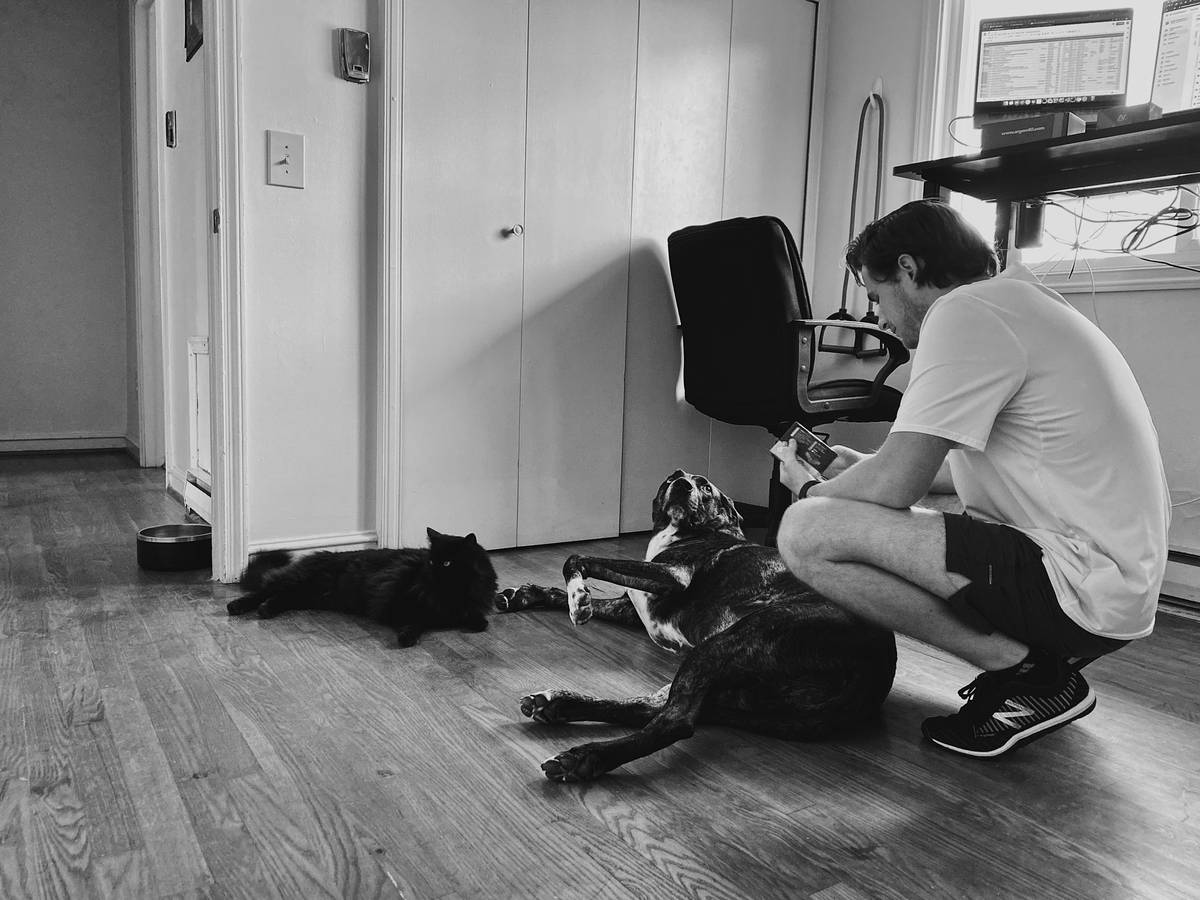Table of Contents
- Introduction
- Why Sit Training Matters
- Step-by-Step Reward-Based Sit Training
- Tips for Success in Reward-Based Sit Training
- Real-World Examples of Successful Sit Training
- FAQs About Reward-Based Sit Training
- Conclusion
Ever Struggled to Get Your Dog to Sit on Command? It’s Time to Change That.
We’ve all been there—you call out “sit,” only for Fido to give you the side-eye and wander off as if he’s auditioning for a doggy version of *The Office*. Sound familiar? Teaching your pet to sit might seem like an uphill battle, but with reward-based sit training, even the most stubborn pooches can become obedience champs. In this guide, we’ll dive deep into why reward-based methods work, how to implement them step by step, some pro tips, real-life examples, and answers to FAQs.
Key Takeaways
- Reward-based sit training is effective because it reinforces positive behavior using treats, praise, or toys.
- Patience, consistency, and timing are crucial for success.
- This method strengthens the bond between you and your pet while ensuring they enjoy the learning process.
Why Sit Training Matters (and Why Reward-Based Methods Are “Chef’s Kiss”)

Let me paint a picture for you. Last summer, my overly enthusiastic golden retriever, Max, decided that “freedom” was his new life motto. He bolted out of every open door I accidentally left ajar, nearly giving me a heart attack daily. Desperate, I tried yelling commands like “stop” and “no,” but nada—until I discovered reward-based sit training. Suddenly, a simple “sit” had him rooted to the spot like a statue!
Why does sit training matter? Well:
- Sitting on command prevents dangerous behaviors (like bolting).
- It lays the foundation for more advanced tricks (e.g., shake, stay).
- A well-behaved pup = happier neighbors and less stress for everyone involved.
Step-by-Step Reward-Based Sit Training: Follow These Tips, Ugh, Fine—but Only If Treats Are Involved

Step 1: Gather Your Supplies
Before starting, grab:
- Treats your dog loves (high-value ones like chicken or cheese)
- A clicker (optional, but recommended)
- A calm environment free from distractions
Step 2: Start Simple—and Be Patient
“Optimist You:” ‘It’ll be so easy!’
“Grumpy You:” ‘Yeah, right… prepare for at least three days of tail-chasing chaos.’
Stand in front of your dog, hold a treat close to their nose, then slowly raise it slightly above their head. As their head follows the treat, their bottom will naturally lower into a sitting position. Say “sit” clearly and immediately reward them when they do it.
Step 3: Practice Makes Perfect
Repeat this sequence several times per session, keeping sessions short (5–10 minutes max). End each one on a high note to leave your dog feeling accomplished.
Step 4: Gradually Remove Bribes
Once your dog gets the hang of sitting, phase out the hand-held treat but continue praising verbally or offering occasional rewards. This helps solidify the habit without relying exclusively on food bribes.
Tips for Success in Reward-Based Sit Training

#1 Timing Is Everything
Mark the exact moment your dog sits—whether through a verbal cue (“yes!”) or a clicker click—and deliver the reward instantly. Delaying confuses your furry friend.
#2 Keep Sessions Fun
If you’re bored, chances are your dog feels the same way. Mix things up with different treats, locations, and energy levels to keep them engaged.
#3 Avoid Yelling or Punishment
Negative reinforcement doesn’t work here. Ever tried yelling at someone who speaks another language? Same concept applies; dogs won’t understand punishment tied to training failures.
#4 Terrible Tip Alert: Ignore Mistakes
In a rare piece of bad advice, some trainers suggest ignoring failed attempts completely. While focus should always remain positive, completely disregarding mistakes can hinder progress since repetition builds understanding.
Real-World Examples of Successful Sit Training
Take Sarah, a busy mom of two toddlers who adopted a rescue terrier named Luna. Initially, Luna ignored commands entirely, making walks chaotic. After implementing consistent reward-based sit training, Sarah reports that Luna now waits patiently before crossing streets—a literal lifesaver.
FAQs About Reward-Based Sit Training
How long does it take to train a dog to sit?
Typically, a few days to a week depending on your dog’s personality and prior experience with training.
What if my dog isn’t food-motivated?
Use alternative rewards such as praise, belly rubs, or favorite toys instead of treats.
Can older dogs learn new tricks?
Absolutely! Age doesn’t stop teachable moments—just adjust expectations based on mobility/health conditions.
Recap: Nail That Reward-Based Sit Training Like a Pro
Remember: Patience + Consistency + Rewards = A Happy & Obedient Pup. By mastering reward-based sit training, you’re not just teaching commands—you’re building trust and strengthening your relationship. So go forth, armed with treats and optimism, and turn your chaotic companion into the epitome of canine class!
—
P.S. Don’t forget, persistence pays off faster than waiting for Netflix to buffer 😉
And remember… Like dial-up internet, progress takes time but works wonders eventually.
Haiku Bonus:
Dog sits, tail wags joy,
Treats make dreams come true today,
Love grows stronger still.


